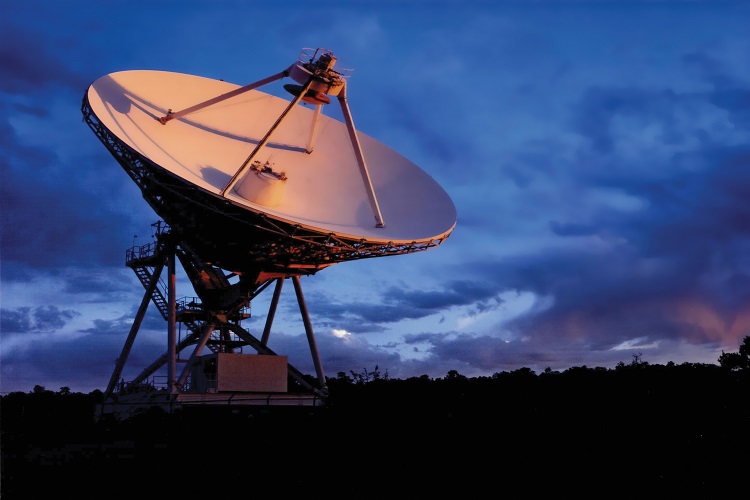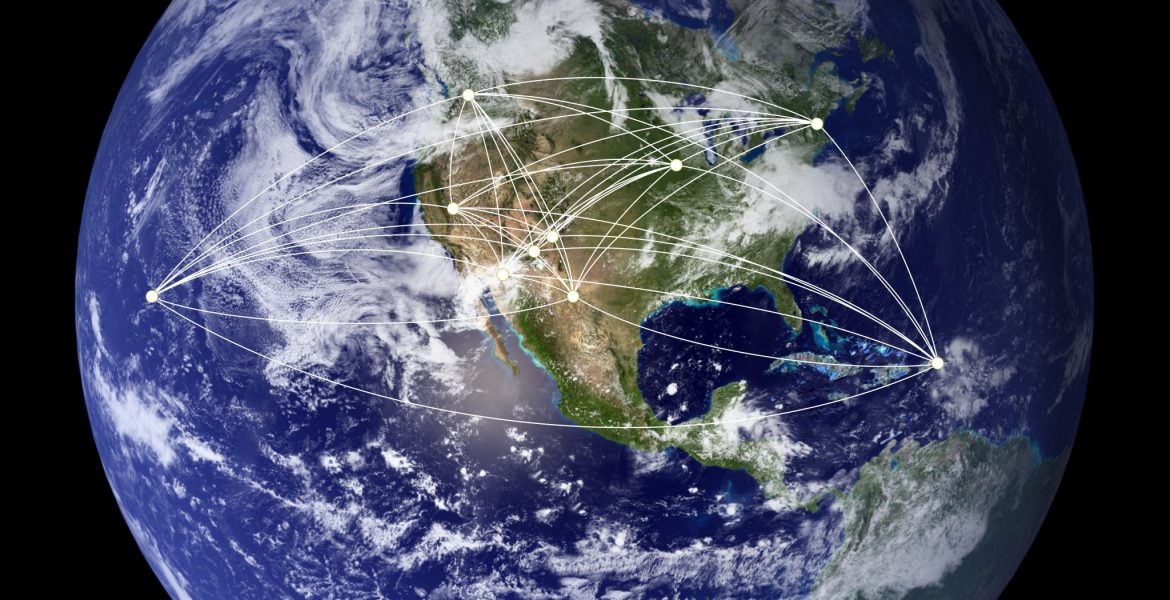Very Long Baseline Array
Socorro, New Mexico (Control Center)

The Very Long Baseline Array (VLBA) plays a major role in the observation and monitoring of the dynamics of the central regions of active galactic nuclei (AGN). The VLBA provides excellent angular resolution, allowing to probe parsec-scale structures at the centers of distant galaxies. The VLBA is an interferometer consisting of 10 identical antennas, separated by distances from 200km to transcontinental 8600 km (with the longest baseline between Mauna Kea, Hawaii and St. Croix, Virgin Islands). The array is controlled remotely from the Science Operations Center in Socorro, New Mexico. Each VLBA station consists of a 25m antenna and an adjacent control building. During observing runs, the received signals at each VLBA station are independently amplified, digitized and recorded on fast, high capacity recorders, and then sent to the correlator in Socorro, where they are (cross)correlated.

The VLBA observes at wavelengths of 90 cm to 3 mm (312 MHz to 96 GHz) in nine discrete bands plus two narrow sub-gigahertz bands, including the primary spectral lines that produce high-brightness maser emission. The VLBA can be used to observe and image a variety of compact radio sources having brightness temperatures higher than ~105K. The array’s continuum sensitivity can be dramatically improved by combining the VLBA array with other telescopes, such as the GBT, VLA, and Effelsberg to create High Sensitivity Array (HSA), or with the existing VLBI-available telescopes in Europe and in the U.S. to create Global cm VLBI or Global mm VLBI Array (GMVA).
Usage
About 50% of available observing time is reserved for open skies observing, while the remaining time is dedicated to observations sponsored through the U.S. Naval Observatory that provides a major contribution to the operation of the VLBA.
The VLBA is valuable in the age of multi-messenger astronomy. The NASA Fermi Gamma-ray Space Telescope has been in operation for over 10 years, and VLBA contributes through coordinated observations with Fermi casting light on the highly energetic processes in the Universe. The VLBA is also used to follow-up on transient events like Novae, GRBs, or neutron star mergers (one of the sources of gravitational waves).
Antenna Locations

- Kitt Peak, Arizona
- Hancock, New Hampshire
- North Liberty, Iowa
- Fort Davis, Texas
- Owens Valley, California
- Mauna Kea, Hawaii
- Los Almos, New Mexico
- St. Croix, Virgin Islands
- Brewster, Washington
- Pie Town, New Mexico
